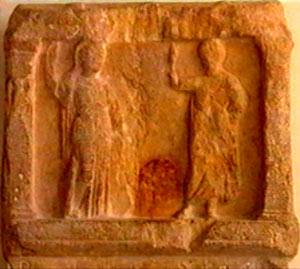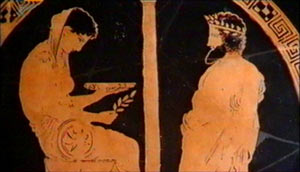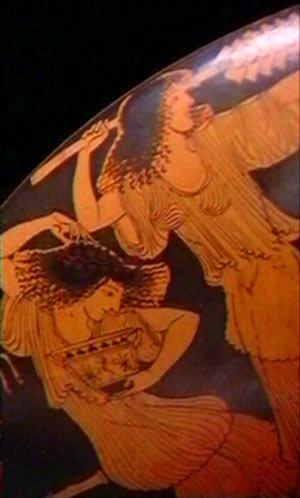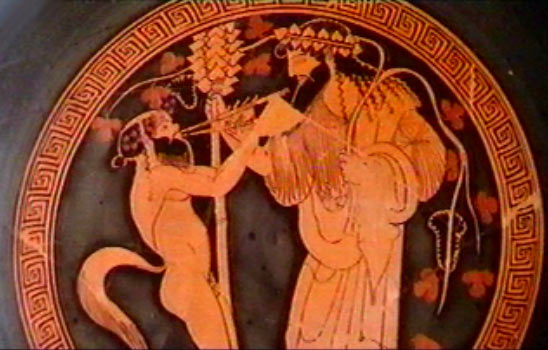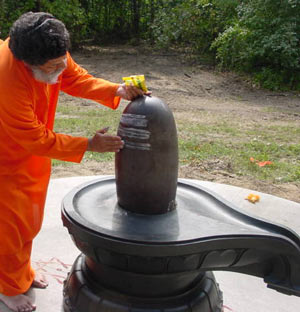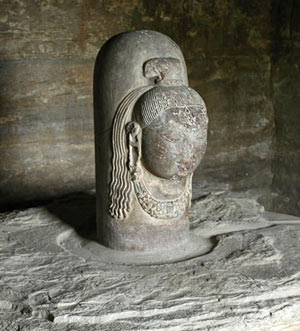Gay Art: A Movement, or at Least a Moment
MAYBE it doesn’t signal the arrival of a major arts movement and maybe it is just a symptom of another consumer-driven microtrend, but it would seem that something is afoot in the contemporary art world and it concerns what you could call, for lack of more comprehensive terminology, a burgeoning of gay male art.
You can spot it at galleries like John Connelly Presents or Daniel Reich in Chelsea, or at Peres Projects in Los Angeles, or making a splash in the sales booths at any of the virally replicating international art fairs. It is also, most recently, displayed in “The Male Gaze,” a just-opened group show at the powerHouse Arena in the Dumbo area of Brooklyn, that makes clear how a new generation of artists is addressing itself frankly to the varied and mutating shapes of sexuality.
Although there are some older artists like Jack Pierson on view at the gallery in Brooklyn, most belong to a generation born in the ’80s and too young to have experienced AIDS’ full brunt or the identity politics of that era firsthand. Many, as has been noted by others before, have barely experienced gayness as a threatened condition. Thus they seem to have skipped past self-acceptance and the hoary dramas of the closet, and moved directly to forms of expression that are frank, exuberant, celebratory, bawdy and not infrequently marked by the spirit of juvenilia that the (heterosexual) photographer and filmmaker Larry Clark has been mining for years.
“The art we’re showing,” said Nicholas Weist, the curator of “The Male Gaze,” an assembly of more than 20 mostly young gay artists, among them such collectors’ darlings as Christian Holstad, Scott Hug and Michael Magnan, “argues for a new kind of alternativism that reacts against the mainstream of the culture.” Not so surprisingly, that includes that expanding part of the mainstream that is gay.
No single art show is a Stonewall, of course, and this burgeoning scene is hardly equivalent to a battle for the cultural ramparts. Yet there are signs that something livelier is at play than some random shows at a select group of galleries.
The most persuasive evidence of this may be the crop of gay art publications that now line the shelves at venerable outposts of culture like the Printed Matter artists’ bookstore on 10th Avenue.
“I’ve noticed a huge number of little gay periodicals coming out and they’re all focused toward the creative end of things,” said AA Bronson, the artist and director of Printed Matter, citing publications like Kaiserin, a French magazine “for boys with problems”; Pinups, a coyly elaborate one-image publication by the Brooklyn artist Christopher Schulz; Shoot, the photographer Paul Mpagi Sepuya’s autobiographical me-and-my-naked-friends magazine; the provocative Australian zine They Shoot Homos Don’t They?; and Daddy, a spray-painted, limited edition production that comes vacuum-packed and with a stylishly tattered customized T-shirt attached.
There are others, from Sweden, Poland and Germany and also hipster outposts throughout Canada and the United States. One would list them all if some titles weren’t too outright raunchy to be printed here.
This is not to say the magazines are pornographic, although the images they present are often sexually candid. Rather, they, like much of the gay art now being made — and so much art and music and culture of all types — seem to hybridize a generalized fetish for youth culture, for self-exposure, for the small and the intimate and apolitical. They are as solipsistic as a Rufus Wainwright lyric. They are as whimsical as one of the neo-hippie Devendra Banhart’s tunes. They have a proudly do-it-yourself aura, but what, these days, does not?
Almost all of the magazines are new, which is to say that their first issues were produced within the past year. And, just as significant, said Mr. Bronson, many are among the top sellers among the thousands of titles Printed Matter displays.
“I’m not sure if I’d say what’s happening is a movement or a moment,” said Vince Aletti, an independent curator and photography critic for The New Yorker, referring to the latest iteration of gay culture. No one does.


